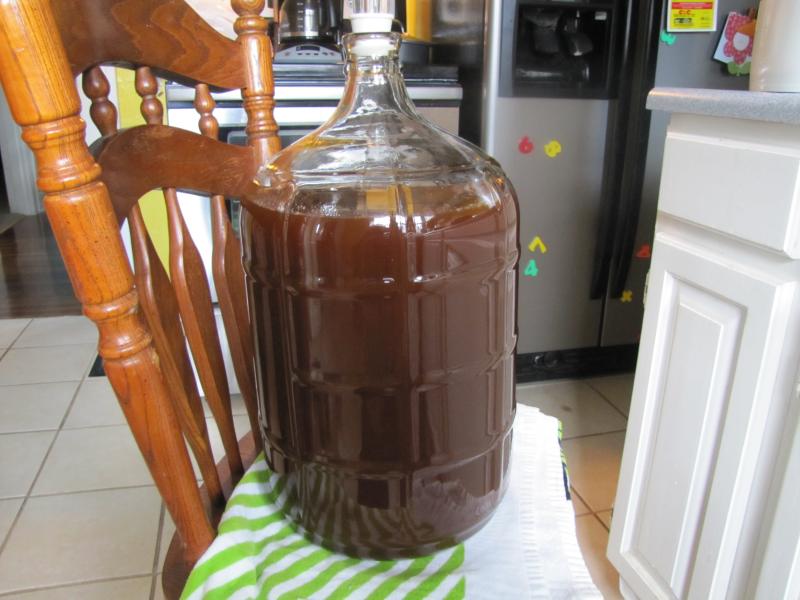dirkdover
Member
I racked into the secondary today and have a good bit of room at the top. I'm not anywhere close to the stopper. I've got it all stopped up with the airlock on. Should I be worried about air exposure at this point?
I've heard of people putting sterilized marbles to bring the level up. I'd need a heck of a lot of marbles to get to the stopper.
I've heard of people putting sterilized marbles to bring the level up. I'd need a heck of a lot of marbles to get to the stopper.



